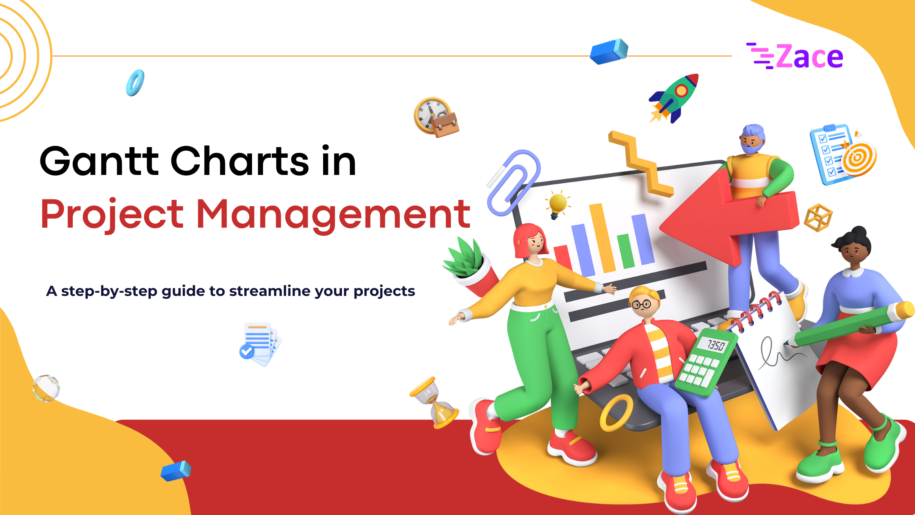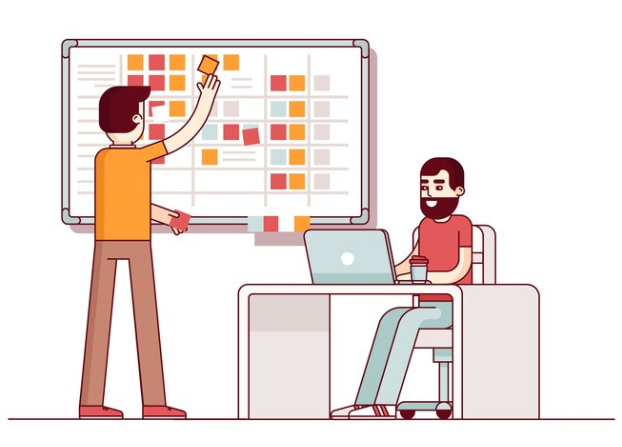Gantt Charts in Project Management

Comments are closed.

Project management can feel like juggling flaming torches—keeping track of deadlines, dependencies, and resources all at once. That’s where Gantt charts come in! A well-structured Gantt chart can turn chaos into clarity, helping teams stay on track and meet deadlines efficiently.
What is a Gantt Chart?
A Gantt chart is a visual representation of a project schedule. It displays tasks, their durations, dependencies, and progress in a bar-chart format, making it easier to see the bigger picture at a glance.

Key elements of a Gantt chart:

Imagine you’re launching a mobile app. A Gantt chart can outline each phase: wireframing, design, development, testing, and marketing. This helps ensure that development is completed before testing begins.
Gantt charts provide a clear roadmap of what needs to be done and when. This ensures that teams can allocate time and resources efficiently.
There are always stories on task overlap, dependency, and delay in delivery in every project where there are more people involved. Like in construction project, where there are engineers, architects, contractors , and many more along with the client and project handler.
Since Gantt charts visually represent who is responsible for what, they foster better collaboration and communication among team members.


Projects often have interdependent tasks, where one task must be completed before another begins. For example, in event planning, venue booking must be completed before arranging catering. Gantt charts help teams visualize these dependencies and avoid bottlenecks.
Identifying early that we are running late is one of the best aspect when it comes to project management. So, if a team member is running behind the schedule, the team can adjust deadlines or add resources to meet the deadline.
With progress tracking, Gantt charts help teams identify potential delays early and take corrective action before small hiccups turn into major roadblocks.

1. Break Down Tasks into Manageable Steps
Avoid overwhelming your team with massive tasks. Instead, break them into smaller, actionable steps.
2. Assign Clear Ownership
Every task should have a responsible person to ensure accountability and efficiency.
3. Use Milestones for Key Events
Milestones act as progress checkpoints, keeping everyone aligned on major goals.
4. Update Regularly
A Gantt chart is only effective if it’s kept up to date. Regular updates ensure accuracy and help teams adapt to changes.
5. Leverage Gantt Chart Software
Many tools like Zace, Microsoft Project, Asana, Trello, and Monday.com offer Gantt chart features.
Choose one that best fits your team’s workflow.
A well-crafted Gantt chart transforms project management from overwhelming to organized. By providing a visual timeline, managing dependencies, and tracking progress, it ensures that teams stay aligned and projects are completed on time.
So, the next time you’re managing a project, try using a Gantt chart—it might just become your favorite project planning tool!
Have you used Gantt charts before?
Explore Zace tool for effective project management